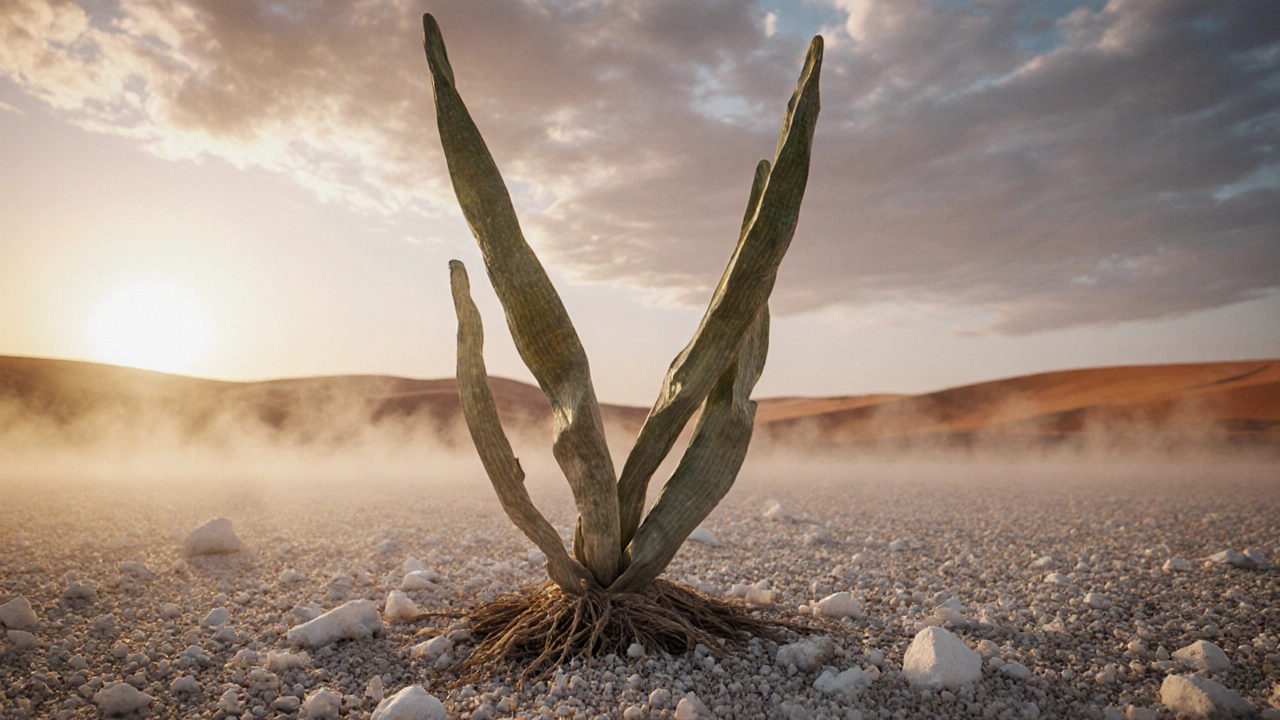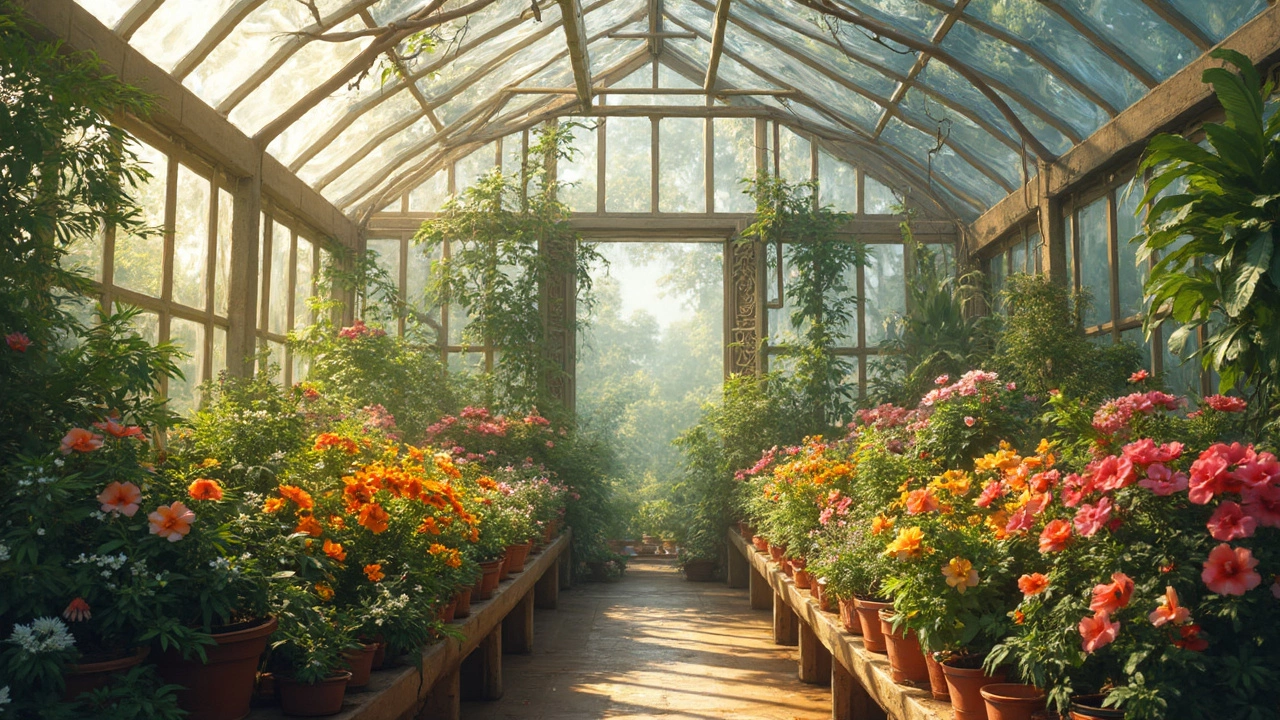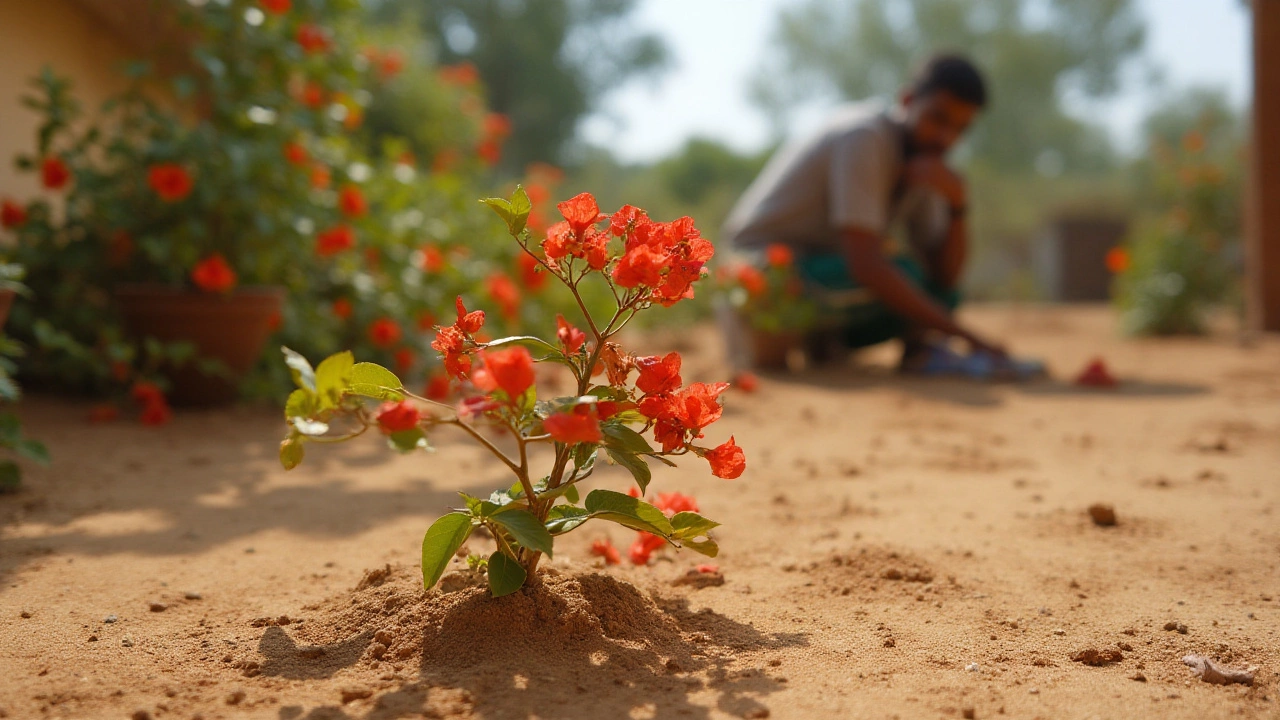Hardest Plant to Cultivate: Why Some Plants Defy the Odds
When tackling the hardest plant to cultivate, gardeners confront species that demand precise soil, climate, and care conditions, often pushing even seasoned growers to their limits. Also known as most challenging plant, it requires an exact match of soil requirements, climate challenges, and vigilant pest management. Understanding these three pillars explains why a plant like the Fiddle Leaf Fig, the delicate Venus flytrap, or the Indian sandalwood can become a nightmare for casual hobbyists.
If you're searching for the hardest plant to cultivate, you're in the right place. The difficulty factor isn’t a random label; it’s a semantic triple where the central topic encompasses strict soil needs, requires specific climate conditions, and is influenced by pest pressure. Each factor creates a domino effect that can make or break success.
Key Factors That Make a Plant Hard to Grow
Soil requirements often sit at the top of the difficulty list. Some plants need a peat‑rich, acidic mix (think of many orchids), while others thrive only in well‑draining, sandy loam (like certain cactus species). The wrong pH or texture can lock nutrients out, leading to stunted growth or root rot. To meet these demands, growers usually blend organic compost, perlite, and sometimes specialty amendments such as pine bark or gypsum.
Climate challenges are the second hurdle. Temperature swings, humidity levels, and daylight hours all dictate a plant’s metabolic rhythm. For example, the Himalayan blue poppy needs cool, moist summers and a winter chill to trigger blooming—conditions rarely found outside high‑altitude gardens. In India, the toughest crops often come from micro‑climates: the tropical orchid species of the Western Ghats demand high humidity and stable warmth, while the desert‑adapted cactus thrives on scorching heat and minimal water.
Pest management rounds out the trio. Some plants are magnetically attractive to aphids, whiteflies, or fungal diseases. A single outbreak can overwhelm a delicate root system, especially if the plant’s natural defenses are weak. Integrated pest management—using neem oil, sticky traps, and beneficial insects—becomes essential for maintaining health without resorting to harsh chemicals.
Beyond these core elements, a few auxiliary factors often tip the scale. Watering schedule matters; over‑watering a succulents‑type plant drowns it, while under‑watering a banana plant stunts fruiting. Light intensity can be a deal‑breaker: shade‑loving ferns crumble in full sun, whereas sun‑hungry tomatoes wilt without at least six hours of direct light. Finally, nutrient timing—when and how you feed—can either support a slow‑growing perennials or burn fast‑cycling annuals.
Real‑world examples help illustrate the point. In Indian gardens, the Sandalwood (Santalum album) is notorious for its reliance on a host tree for nutrients, making independent cultivation nearly impossible without grafting. The Bird‑of‑Paradise (Strelitzia reginae) struggles with low‑light indoor settings, often succumbing to leaf yellowing if not placed near a bright window. Meanwhile, the Blue Passionflower (Passiflora caerulea) demands a trellis, high humidity, and regular pruning to prevent leggy growth.
Knowing the why behind the difficulty empowers you to plan smarter. Start by testing soil pH, match the plant to a micro‑climate spot, and set up a pest‑watch routine before the first sign of trouble. Small adjustments—like adding a humidity tray for tropical orchids or using a shaded net for sun‑sensitive herbs—can shift a “hardest plant” into the realm of doable.
Below you’ll find a curated selection of articles that dive deeper into each of these aspects. From beginner‑friendly alternatives to detailed case studies of challenging species, the collection equips you with actionable insights to turn even the toughest grow‑ops into rewarding successes.
Most Difficult Plant to Grow: Challenges, Care Tips & Alternatives
Discover why Welwitschia mirabilis is deemed the most difficult plant to grow, how to replicate its harsh desert conditions, and alternatives for brave gardeners.
- manufacturing
- India
- food processing
- garden tips
- rice cultivation
- government schemes
- balcony garden
- urban gardening
- balcony gardening
- profitable business
- business ideas
- plastic manufacturing
- drip irrigation
- plant care
- steel manufacturing
- sustainable gardening
- startup ideas
- steel industry
- flower gardening
- textile manufacturers






